Did you know Fall is the best time to plant Trees?
When you plant in fall, you take advantage of warm soil temps and milder air. Also more rain and moderate temperatures equals less watering. And when spring comes around, your plants will already be in the ground, with established root systems and ready to grow when the sun hits them.
‘October Glory’ Maple
This fast growing maple provides vibrant long-lasting fall color of scarlet-red. This tree makes an excellent lawn or street tree. Plant in Sun to Part Sun reaches 40′ high and 35′ wide.
‘Dura Heat’ River Birch
‘Dura Heat’ is a more heat and drought tolerant form of this species, with superior insect and disease resistance. The pyramidal form features dense, glossy leave that fade to clear butter yellow in fall and striking winter bark that is a pinkish orange with prominent exfoliation. Great as a focal point tree or shade tree. Fast growing to 40′ tall and 25-35′ wide.
Kousa Dogwood
Kousa Dogwood features showy clusters of white flowers with white bracts held atop the branches in late spring. It features an abundance of magnificent pink berries from early to mid fall. It has bluish-green foliage throughout the season. The pointy leaves turn an outstanding brick red in the fall. Slow to medium growing tree reaches 15′ tall and 12′ wide.
Weeping Willow
Graceful and refined, easily recognized by its open crown of ground-sweeping branches. Leaves are light green above, grayish-green beneath. This willow grows especially well near water, reaches 30′ – 40′ tall, 35′ spread.
Cherry Trees
‘Kwanzan Cherry’ is one of the most popular cherries and is known for its beautiful pink double flowers that bloom in spring. It has lovely fall color and makes a wonderful specimen that can be planted in large containers, near walkways and in the yard.
Double Weeping Cherry: Graceful, long weeping boughs sway like willows in the breeze, densely packed with large magenta buds that open to perfect double pink flowers in spring. Blooms later than some, making it less prone to bud damage from a late season cold snap. Plant as a focal point or use pairs to frame entries.
‘Okame’ Cherry is one of the most delicate and finest flowering trees available. One of spring’s earliest flowering trees, you’ll be the envy of everyone on your block when the cloud of gorgeous pink blossoms erupts in your yard. Very showy because the fluffy carmine-pink flowers are made up of petals up to one inch wide… which bloom in clusters of two to five. Thrives in a wide variety of climates and provides a beautiful fall foliage display when the leaves turn yellow, orange and red.






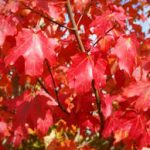
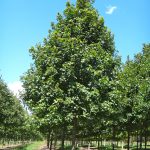
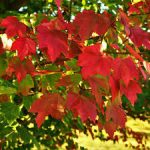
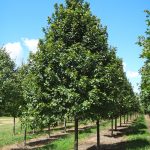
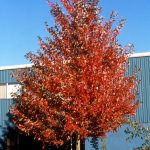
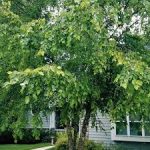
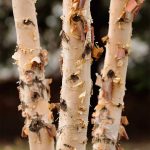
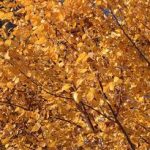
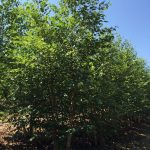
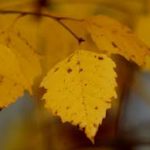
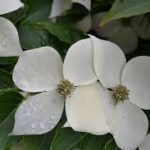
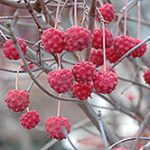
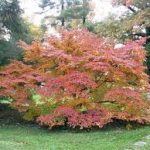
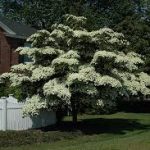
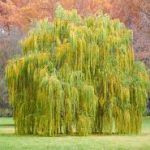
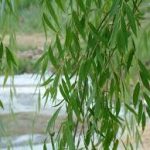
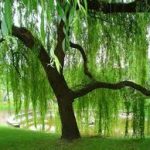
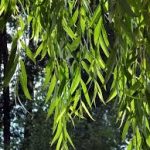
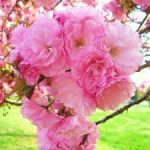
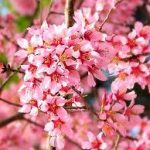
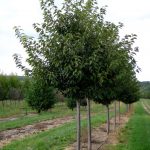
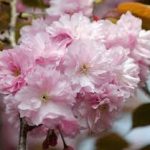
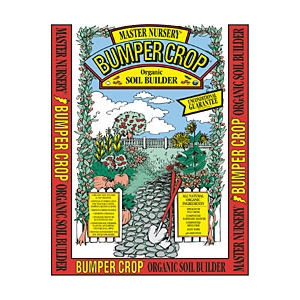 much. It provides natural nutrients to help feed your plant’s root system. The added calcium from lobster shells is important for good leaf development. It also contains the beneficial fungus called mycorrhizae. This fungus creates a symbiotic relationship with the plants roots, that will increase the surface area, allowing the roots to uptake more water and nutrients.
much. It provides natural nutrients to help feed your plant’s root system. The added calcium from lobster shells is important for good leaf development. It also contains the beneficial fungus called mycorrhizae. This fungus creates a symbiotic relationship with the plants roots, that will increase the surface area, allowing the roots to uptake more water and nutrients.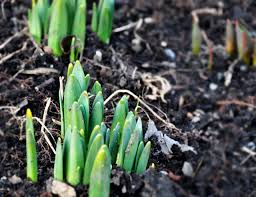
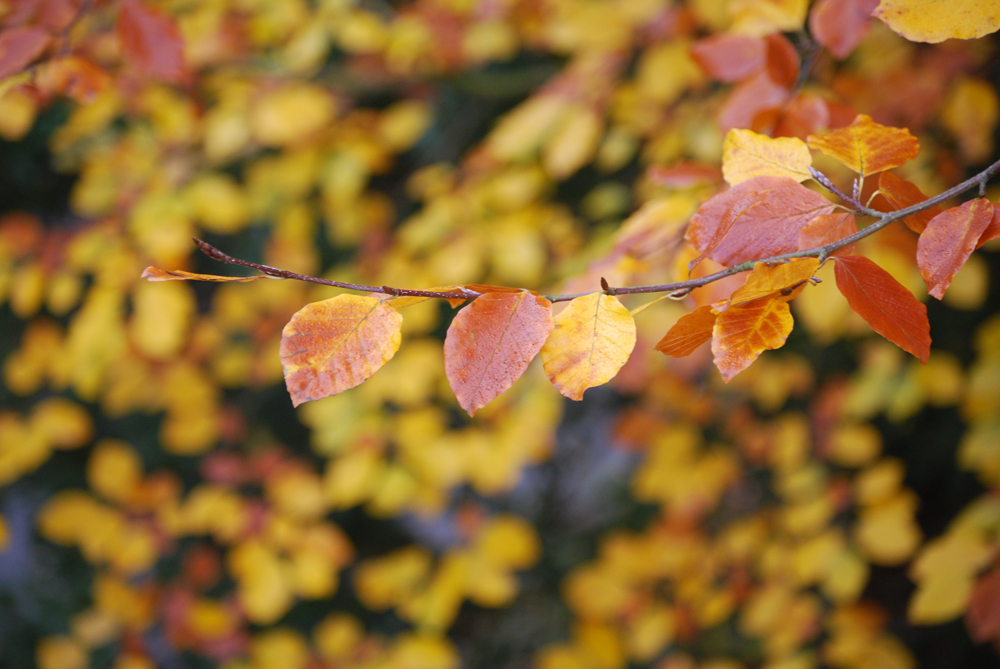 If the hot, sweaty weather isn’t for you, try gardening in the fall. The crisp, cool air makes for an enjoyable, leisurely experience working in the garden. P.S. the plants love it too, the warm soil from summer encourages lots of root growth.
If the hot, sweaty weather isn’t for you, try gardening in the fall. The crisp, cool air makes for an enjoyable, leisurely experience working in the garden. P.S. the plants love it too, the warm soil from summer encourages lots of root growth.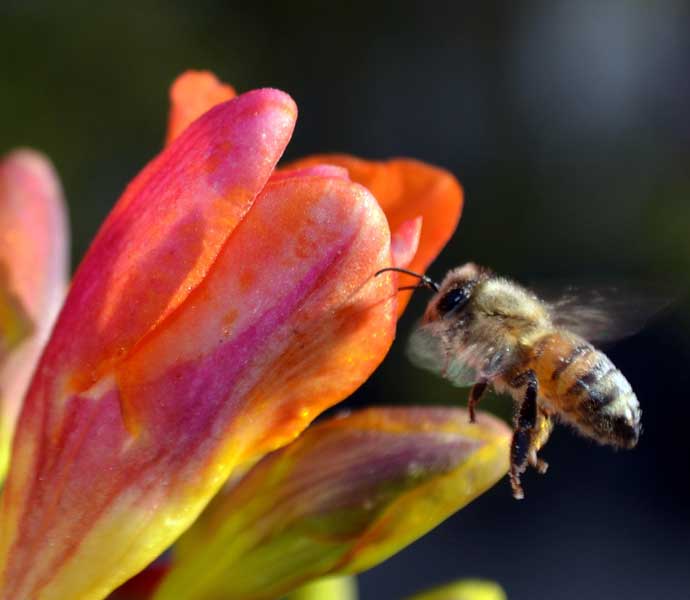 With earlier blooms comes earlier nectar sources for pollinators, who struggle to find food at the end and beginning of gardening season. Anytime you can provide early-spring (and autumn) food supply for birds, bees, and butterflies, you’ll be doing your part to protect the human food supply! We rely on pollinators to help us put food on our own dinner tables!
With earlier blooms comes earlier nectar sources for pollinators, who struggle to find food at the end and beginning of gardening season. Anytime you can provide early-spring (and autumn) food supply for birds, bees, and butterflies, you’ll be doing your part to protect the human food supply! We rely on pollinators to help us put food on our own dinner tables!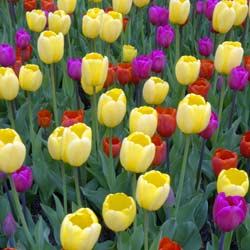 When most fall bulbs are blooming, perennials are in their dormant stage. As the bulb nears the end of its bloom time, the perennial will start to grow, and subsequently cover the bulb tops when the bloom is gone. It also saves time by digging a hole once and getting 2 seasons of color.
When most fall bulbs are blooming, perennials are in their dormant stage. As the bulb nears the end of its bloom time, the perennial will start to grow, and subsequently cover the bulb tops when the bloom is gone. It also saves time by digging a hole once and getting 2 seasons of color.